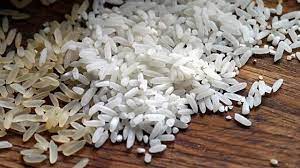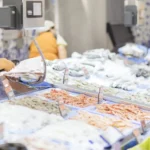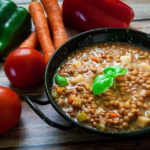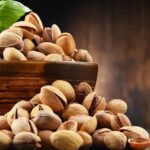Rice is a staple food for billions of people in Asia and Africa. It is also a versatile ingredient for many iconic dishes from around the world, such as Italian risottos, Spanish paella and UK rice puddings. Despite its universal appeal, the same question arises in both professional and home kitchens: whether rice should be prewashed (or rinsed) before cooking.
What do the chefs say?
Culinary experts say that pre-washing rice reduces the amount of starch that comes out of the rice grains. This can be seen in the cloudy rinse water, which previous studies have shown corresponds to the free starch (amylose) on the surface of the rice grain produced by the milling process.
In culinary circles, washing is advocated for some dishes when looking for a separate grain. However, for other dishes such as risottos, paellas and rice pudding, where a sticky and creamy effect is needed, washing the grain is avoided.
Other factors, such as the type of rice, family tradition, local health warnings, and even the perception of the time and effort required to make it, will influence whether people pre-wash their rice.
Does washing rice take it off?
A recent study compared the effect of washing on the stickiness and hardness of three different types of rice from the same manufacturer: glutinous rice (typically Asian), medium grain rice, and jasmine rice. These rices were not washed at all, they were washed three times with water or washed ten times with water.
Contrary to what cooks say, the study showed that the washing process did not in the least affect the stickiness or hardness of the rice. In fact, the researchers showed that the stickiness was not due to surface starch (amylose) but to a different starch called amylopectin that separates from the rice grain during the cooking process.
How much amylopectin is separated – and therefore how sticky it becomes – depends on the type of rice grain. And not from the wash. In this study, glutinous rice proved to be the stickiest. And medium grain rice and jasmine rice were the hardest according to lab tests.
Microplastics, arsenic and heavy metals
Traditionally, rice was washed to remove dust, insects, pebbles and pieces of husk left over from the husking process. This may still be important in some regions of the world where the process is not as meticulous.
More recently, with the intensive use of plastics in the food chain, microplastics have been found in our foods, including rice. The washing process has been shown to remove up to 20% of plastics from raw rice – another reason to wash the grain.
This same study revealed that, regardless of the packaging (plastic or paper bags) in which rice is purchased, it contains the same level of microplastics. The researchers also showed that the plastic content in instant (parboiled) rice is four times higher than in raw rice. Pre-rinsing instant rice could reduce plastics by 40%.
Rice is also known to contain relatively high levels of arsenic, because the crop absorbs more arsenic as it grows. Washing rice has been shown to remove about 90% of bioaccessible arsenic, and it turns out that the World Health Organization has warned of the risk of exposure to arsenic through water and food. The bad thing is that, simultaneously, it also eliminates a large amount of other nutrients important to our health, such as copper, iron, zinc and vanadium.
For some people, rice makes up a small percentage of their daily intake of these nutrients and will therefore have a small impact on their health. But for populations that consume large amounts of rice daily, overwashing it could impact their overall nutrition.
Arsenic levels in rice vary depending on where it is grown and the ways it is cooked. The best advice is still to pre-wash rice and make sure you eat a certain variety of cereals. The most recent study from 2005 revealed that the highest level of arsenic was in the United States. However, it is important to note that arsenic is present in other foods, including products made with rice (cakes, cookies, biscuits and cereals), seaweed, seafood and vegetables.
Another study found that pre-washing rice decreases levels of other heavy metals, such as lead and cadmium, by 7 to 20 percent.
Can you avoid bacteria?
In short, no. Washing the rice will have no effect on the bacterial content of the cooked rice, as the high cooking temperatures will kill any bacteria present.
What is more worrying is the length of time that cooked or washed rice is stored at room temperature. Cooking rice does not kill the bacterial spores of a pathogen called Bacillus cereus. If wet or cooked rice is kept at room temperature, bacterial spores can activate and begin to grow.
These bacteria produce toxins that can cause serious gastrointestinal illness, and they cannot be inactivated by cooking or reheating. Therefore, avoid keeping washed or cooked rice at room temperature for too long.













